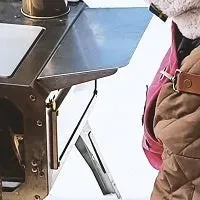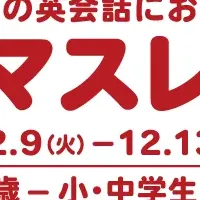
Kutta Technologies Unveils the Revolutionary KTAC 2.0 Tactical Controller for Drones
Introduction
Kutta Technologies, LLC, a trusted leader in the development of critical software and hardware for unmanned systems, has announced the launch of the KTAC 2.0 tactical controller. This innovative device is set to revolutionize the management and control of unmanned systems with enhancements in flexibility, reliability, effectiveness, and accessibility.
The Next Generation Tactical Controller
The KTAC 2.0 has been meticulously designed to meet the stringent demands of modern military tactical operations. It serves as a universal controller that enables operators to manage multiple types of robotic platforms, including ground, maritime, and aerial unmanned systems, all from a single interface. Douglas Limbaugh, the Chief Operating Officer and Executive Vice President of Kutta, emphasized the importance of providing military personnel with modern tools to enhance mission success, highlighting the modular design of KTAC 2.0 as a significant asset.
Modular and Versatile Design
This cutting-edge tactical controller weighs less than two pounds and boasts an IP-67 protection class, making it durable and portable to thrive in harsh combat environments. One of the key advantages of KTAC 2.0 is its ability to reduce physical strain on soldiers by over two pounds compared to traditional solutions, thus improving mobility and endurance during prolonged missions.
The device employs non-proprietary open interfaces using Commercial Off-The-Shelf (COTS) technology. This approach not only reduces costs but also maximizes compatibility with smartphones, tablets, and computers, further streamlining operational capabilities.
Expanded Capabilities
Building on the success of its predecessor, the KTAC 1.0, which effectively controlled over 35 different unmanned systems for the U.S. Armed Forces and allied nations, the KTAC 2.0 offers even greater versatility. It has two configurations—tethered and untethered (with a radio module)—ensuring seamless integration with existing ecosystems, such as Nett Warrior and ATAK-supported devices.
Matthew Savoca, Executive Vice President of Kutta, noted that with COTS technology and open architectures, KTAC 2.0 provides a cost-effective solution without compromising performance. This advancement represents a significant leap forward in supporting defense departments globally with scalable, mission-critical technologies.
Multi-Mission Support
KTAC 2.0 supports a wide array of military applications by offering a single controller for different robotic platforms. Its compatibility with Kutta's Unified Ground Control Station (UGCS) software and STANAG 4586 protocols enhances mission planning, obstacle avoidance, and real-time situational awareness, driving operational efficiency.
Commitment to Innovation
Kutta Technologies is committed to continuous innovation through strategic partnerships and ongoing research to ensure KTAC 2.0 evolves with the operational needs of its users. The company is focused on reducing soldier burden while enhancing mission capabilities. KTAC 2.0 not only redefines the next generation of tactical control for unmanned systems but also symbolizes Kutta's unwavering dedication to equipping armed forces with the essential tools for success, both now and in the future.
Conclusion
With the introduction of KTAC 2.0, Kutta Technologies reaffirms its position as a leader in high-tech R&D and manufacturing solutions. The company specializes in providing command, control, and communications (C3) solutions that are scalable and ready for deployment, addressing the requirements of defense and commercial markets alike.
For additional information, contact Kutta Technologies at 2075 W. Pinnacle Peak Rd., Suite 102, Phoenix, AZ 85027, Email: [email protected], Website: www.kuttatech.com
Topics Other)










【About Using Articles】
You can freely use the title and article content by linking to the page where the article is posted.
※ Images cannot be used.
【About Links】
Links are free to use.